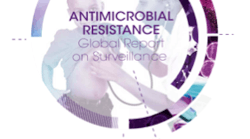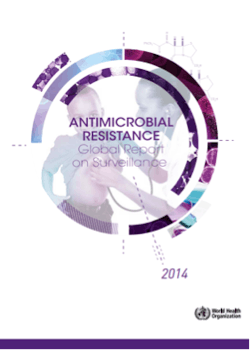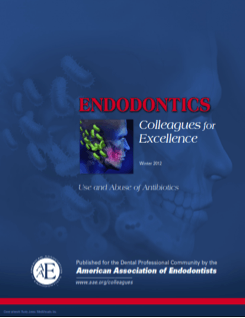In its recent report, “Antimicrobial Resistance: Global Report on Surveillance,” the World Health Organization (WHO) cautions about the overwhelming consequences of antibiotics losing their effectiveness to fight disease, as the risk of diseases that have been controlled could surface again.(2) The WHO report also states that antibiotic resistance is a major threat to public health, focusing on antibacterial resistance in common bacterial pathogens. The new report is unique, as it includes wide-ranging WHO data on antibiotic resistance and information from 114 countries. Although the data is more complete for some regions of the world than for others, it demonstrates that drug-resistant strains of bacteria and viruses are common and that the fight to preserve the effectiveness of the antibiotics currently in use around the globe will be difficult to win.
Of the data collected by the WHO, the most disturbing is the conclusion that there is global resistance to the "last resort" antibiotics used against life-threatening infections that are caused by Klebsiella pneumonia, a common intestinal bacterium. Novel antimicrobial targets are needed to overcome rising antibiotic resistance of important human pathogens.(3)
According to the report, very high rates of antibiotic resistance have been detected in bacteria that cause common health-care-associated and community-acquired infections, such as urinary tract infections and pneumonia. Tuberculosis, malaria, and human immunodeficiency virus (HIV) infections are also discussed. Bacteria commonly causing infections in hospitals and in the community are listed as: Escherichia coli, Klebsiella pneumonia, Staphylococcus aureus, Streptococcus pneumonia, Nontyphoidal Salmonella, Shigella, and Neisseria gonorrhoeae.(1) The report also discusses antiviral drugs that have become vital for the treatment of epidemic and pandemic influenza, as well as for sustaining food-producing animals and the food chain.
I encourage you to read this report, which is the first on this topic by the WHO to date. The information it provides highlights the strengths and weaknesses in the collection of data, discusses the quality of the data collected, and establishes the need for further study and investment. There is also an excellent 2012 report on the topic of antibiotics, published for the dental community by the American Association of Endodontists.(4)
References
1. http://apps.who.int/iris/bitstream/10665/112642/1/9789241564748_eng.pdf?ua=1. Forward, page IX.
2. http://apps.who.int/iris/bitstream/10665/112642/1/9789241564748_eng.pdf?ua=1.
3. Bumann D. Has nature already identified all useful antibacterial targets? Curr Opin Microbiol. 2008 Oct;11(5):387-92. doi: 10.1016/j.mib.2008.08.002. http://www.ncbi.nlm.nih.gov/pubmed/18804175.
4. Endodontics. Use and Abuse of Antibiotics: Colleagues for Excellence. Winter 2012. http://www.aae.org/uploadedfiles/publications_and_research/endodontics_colleagues_for_excellence_newsletter/ecfewinter12final.pdf.









